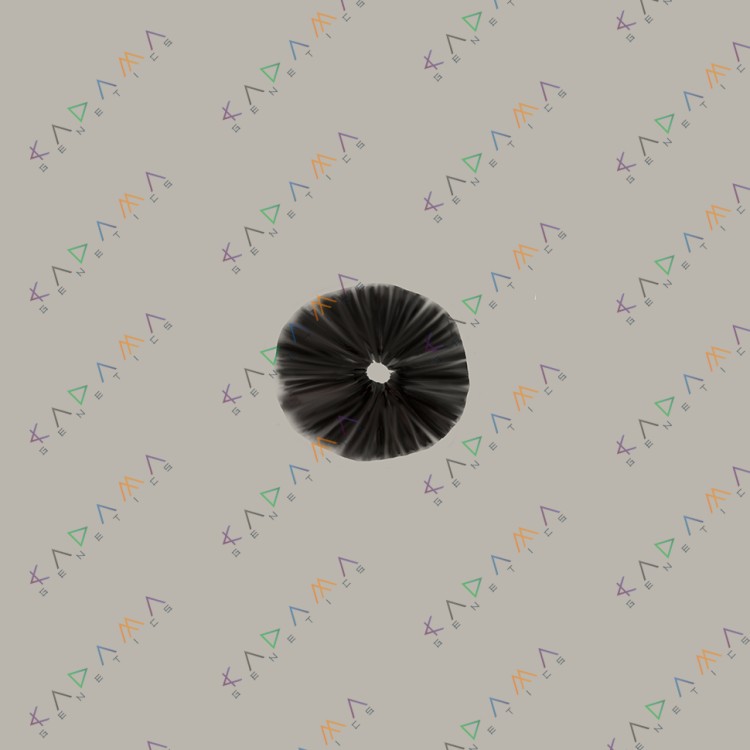Truly amazing adventures in the company of magic mushrooms often begin with well-studied species like the iconic cubensis. However, genuine aficionados eventually turn their gaze to the more exotic representatives of this multitudinous kingdom. One of these is Psilocybe galindoi Atlantis, the mysterious strain of Mexican psilocybin mushrooms that produces both fruiting bodies and subterranean sclerotia, known in the naturalist community as Magic Truffles.
Origin
According to the rumor mill, the indigenous peoples of Mesoamerica revered the mystical galindoi Atlantis root tubers as the "Flesh of the Gods". However, it is fair to mention that this fact, on an all-too-regular basis, pops up in the biography of this or that Mexican magic mushroom strain. The history of the domesticated and refined Psilocybe galindoi Atlantis dates back only a few decades, when its wild specimens were discovered in the southern states of Mexico by the legendary ethnobotanist and anthropologist Gaston Guzman.
Appearance
The difference between galindoi Atlantis and cubensis is not only the tendency to form sclerotia. Slender stems up to 10 cm in height are crowned by tiny conical caps, only 5-20 mm in diameter, which flatten slightly as the mushroom stretches, becoming slightly wavy at the edges. If young specimens are distinguished by their reddish or caramel-colored caps, older mushrooms fade to a pale yellow or straw color, occasionally with blue staining in the area of damaged tissue. The color of the spores is purplish gray. Truffles look like a small, deformed potato or root tuber of a golden or brown color.
Cultivation and Yields
Despite the fact that the technique of growing galindoi Atlantis is similar to that of cubensis, the tricky part is the length of time required for the formation of sclerotia. For this reason, novice mycologists, after colonizing a grain substrate with mycelium, case it and use only the above-ground fruits of their labor. Show a modicum of patience and let the mycelium sit in the incubator for another 4-12 weeks, and you will enjoy the priceless gift of Psilocybe galindoi Atlantis as a bountiful harvest of sclerotia. On top of that, the longer the period, the more root tubers you will end up with. The optimal temperature at the stage of colonization and truffles formation – 25-28 °C. The best substrates for the species are wheat, rye, or raw oats. Once the subterranean crop is harvested, you can move on to casing and setting the spawn to fruiting.
Maintain temperatures between 22-25 °C and humidity of at least 90% throughout the fruiting period, ventilating the fruiting chamber daily for air exchange.
Once harvested, fresh sclerotia can be stored in the fridge for about a month without any loss of quality. If they need to be stored for a longer time, they need to be dried in a dehydrator at a temperature not exceeding 35 °C until they become firm (depending on the size, this takes 6-12 hours). Store dried truffles in airtight glass jars in a dark, cool place. Magic truffles retain their potential for up to several years if drying and storage conditions are met.
Effects and Dosages
With the right dosage of Psilocybe galindoi Atlantis, a traveler will open the door to a world of amazingly diverse states of consciousness. The amount of active compounds in the fruiting bodies can vary even within one cycle. It is recommended that you begin your trials with modest portions of 0.5-1 g, gradually increasing the dosage by 0.5 g to put your feelers out and determine the right dosage to take.
Moreover, the subterranean sclerotia contain both psilocybin and psilocin in concentrations roughly equal to one second or two-thirds of the equivalent weight of the fruiting bodies. The starting point for getting to know magic truffles would be 2-3 g, which is similar to 1-2 g of dried cubensis mushrooms – the classic beginner's portion. The dosage of 4-6 g of sclerotia is a common intake for travelers with some previous experience in the world of magic mushrooms. Taking 8 g and more is the prerogative of exceptionally advanced myconauts who are ready for an unprecedented change in perception of themselves and the surrounding reality. However, even in this scenario, experimentation with such dosages should only be done in the presence of an experienced sitter and after thorough preparation.
| Effect | Fruiting bodies – above average; sclerotia – moderate | |
| Productivity from 1 liter of substrate | fruiting bodies - up to 150 g, subterranean sclerotia - depending on the incubation period | |
| Temperature conditions | 25-28 °C (77-82 °F) at the incubation stage, 22-25 °C (72-77 °F) in the fruiting chamber | |
| Leg height | 5-10 cm (2-4 in) | |
| Cap diameter | 0.5-2 cm (0.2-0.8 in) | |
| Colonization rate | Moderate | |
| Difficulty of cultivation | Beginners and experts |
![[``]](/wa-data/public/site/themes/kadama/img/kadama_logo.svg)















